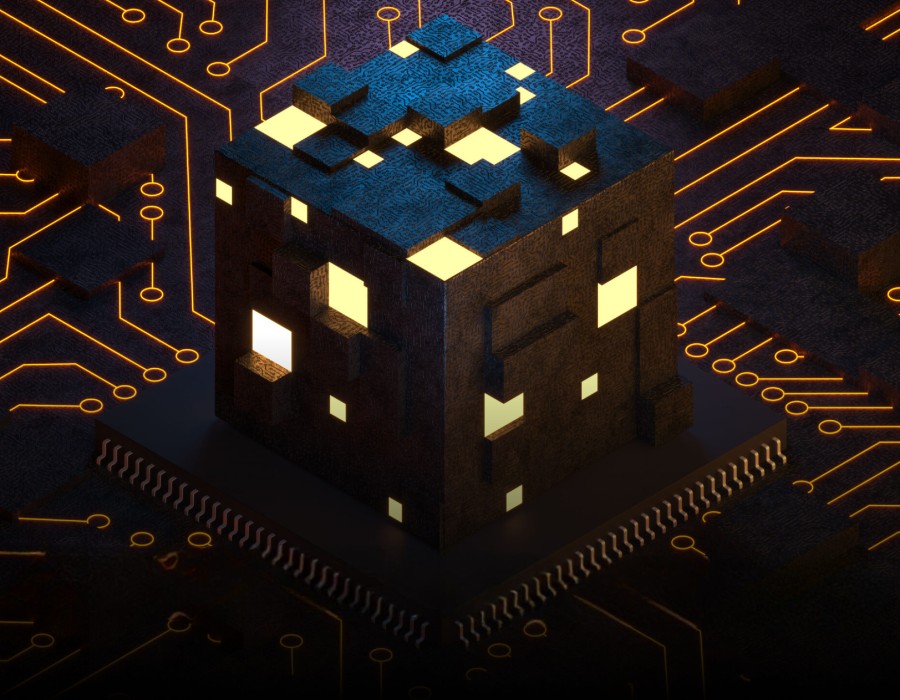Imagine a world where computers solve complex problems in seconds, tasks that would take traditional machines thousands of years. This is no longer science fiction; quantum computing is turning this vision into reality. In this article, we’ll dive deep into the history, mechanics, and groundbreaking advancements of quantum computers.
What Is a Quantum Computer?
A quantum computer (QC) is a revolutionary type of computing system that uses the principles of quantum mechanics to process information. Unlike classical computers, which rely on bits that represent either 0 or 1, quantum computers use qubits, which can exist in a state of both 0 and 1 simultaneously, thanks to the property known as superposition. This allows quantum computers to perform multiple calculations at once, offering a significant boost in processing power.
Quantum computers leverage two key quantum phenomena—superposition and entanglement. Superposition enables qubits to be in multiple states at the same time, while entanglement allows qubits to remain interconnected, even over long distances. These features allow quantum computers to solve problems that are far beyond the reach of classical computers.
How Do Quantum Computers Work?
Quantum computers operate fundamentally differently from classical computers, utilizing the principles of quantum mechanics. While classical computers use bits (either 0 or 1) for computation, quantum computers utilize qubits, which can be in a superposition of both 0 and 1 simultaneously. This unique capability allows quantum computers to perform vast numbers of calculations in parallel, dramatically increasing their computational power.
The core elements of a quantum computer include qubits, which are realized using various physical systems like ions, atoms, photons, or superconducting circuits. These qubits are manipulated using quantum gates, similar to logic gates in classical computing, to carry out complex computations.
One of the most intriguing features of quantum computers is entanglement—when qubits become interconnected, they remain correlated regardless of distance. This property enables quantum circuits to tackle computational challenges that classical computers cannot handle.
A Brief History of Quantum Computing
Quantum computing’s roots go back to the early 1980s when physicist Richard Feynman proposed the idea. Since then, both researchers and tech companies have made great strides in advancing quantum computers. However, despite progress, the technology is still in its infancy, with challenges such as maintaining qubit coherence and error correction yet to be fully overcome.
The potential of quantum computing is vast and could revolutionize industries by solving problems that are currently unsolvable by classical computers. This includes areas like breaking encryption, optimizing supply chains, accelerating drug discovery, simulating quantum systems, and transforming machine learning algorithms. While quantum computers won’t replace classical ones, they offer a complementary computing model that can tackle specialized tasks more efficiently.
Top 7 Applications of Quantum Computing
Quantum computers hold the potential to transform several industries, with applications including:
- Cryptography and Cybersecurity: Developing quantum-resistant encryption to counter potential future threats.
- Drug Discovery and Material Science: Speeding up the simulation of molecular interactions, leading to faster breakthroughs.
- Optimization and Logistics: Solving complex optimization problems, such as route planning and resource management.
- Machine Learning and Artificial Intelligence: Enhancing tasks like pattern recognition and data analysis in AI.
- Financial Modeling and Portfolio Optimization: Analyzing financial markets more accurately to manage risk and optimize investments.
- Quantum Simulations: Simulating quantum phenomena for advanced research in chemistry and physics.
- Weather Forecasting and Climate Modeling: Using quantum systems to create more accurate models for predicting weather patterns and climate change.
Google’s Quantum Supremacy Milestone
Google’s quantum computer, Sycamore, with its 53 qubits, achieved a significant breakthrough known as quantum supremacy. Sycamore completed a complex task in just 200 seconds, a calculation that would take the fastest classical computers approximately 10,000 years. This milestone demonstrates the immense potential of quantum computing to outperform classical systems in specific tasks.
Google's research in quantum computing focuses on developing scalable systems that can solve problems beyond the capacity of classical computers. These efforts have wide-ranging applications in cryptography, drug discovery, AI, logistics, and climate modeling.
The Current State of Quantum Computing
Despite major breakthroughs, quantum computing is still evolving. While researchers are optimistic about its potential, there are still technical hurdles to overcome, such as reducing errors and stabilizing qubits. Recent reports stress the importance of managing expectations regarding the timeframe for quantum computers to surpass classical machines in many tasks. However, progress in the field continues, and cultivating a quantum-skilled workforce will be crucial for future advancements.
Final Thoughts
Quantum computers have the potential to revolutionize industries, solve complex problems, and expand our understanding of the universe. Although the technology is still in its early stages, advancements are happening rapidly. As we explore the quantum realm, the possibilities for innovation are as limitless as the universe itself.





Comments